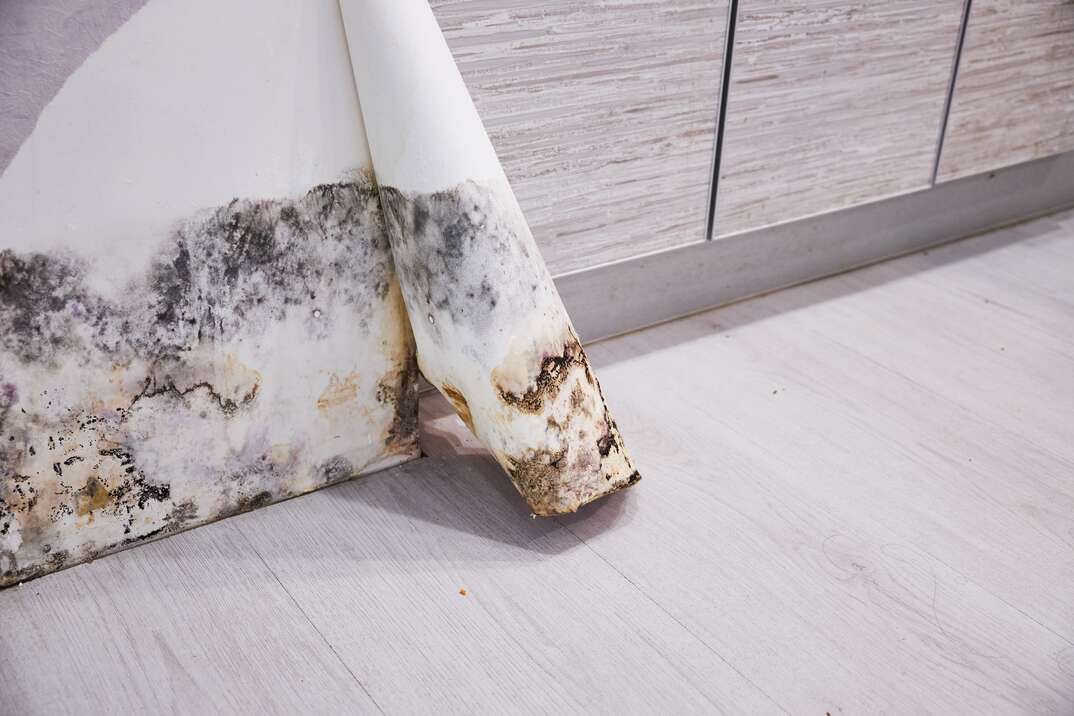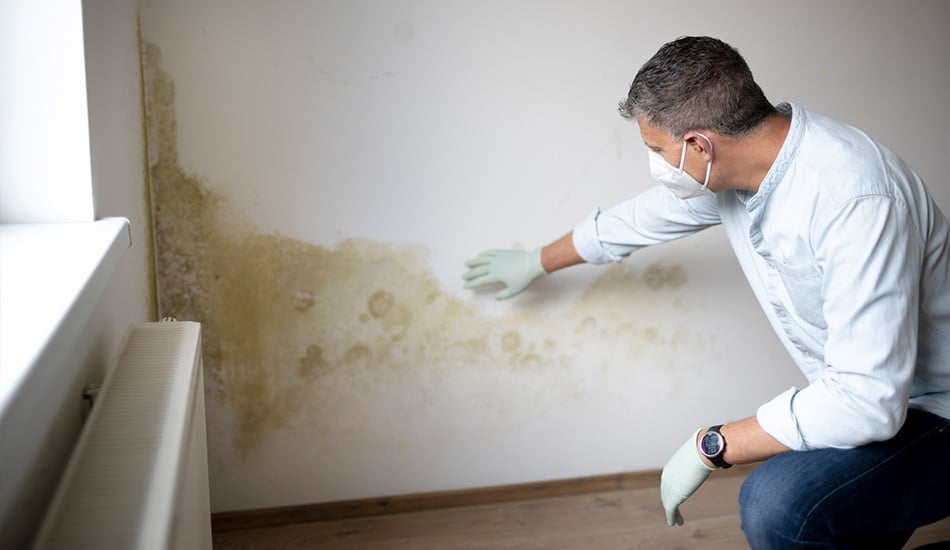Your Ultimate Overview to Blog Post Mold Remediation Strategies
Browsing the realm of post-mold removal techniques is a meticulous procedure that demands focus to detail and a thorough understanding of the intricacies included. In the results of mold invasion, recognizing just how to efficiently eradicate the mold and avoid its reoccurrence is extremely important for preserving a healthy and balanced interior setting. From choosing the best cleansing and disinfecting techniques to carrying out techniques for long-term mold prevention, each action in the removal journey plays a critical duty in making sure a successful result. As we get started on this expedition of post-mold remediation methods, we will reveal the essential methods and best techniques that can assist you restore your space to its pre-mold condition and safeguard it against future mold risks.
Comprehending Post-Mold Removal Process
After finishing the mold remediation process, it is important to comprehend the post-mold remediation strategies that are required to guarantee a complete and efficient cleanup. Once the mold has been removed, the following action includes cleaning and decontaminating the affected locations to prevent any kind of regrowth of mold and mildew. This consists of using specialized cleansing agents to wipe down surfaces and eliminate any kind of continuing to be mold and mildew spores. It is necessary to dry the location totally to dissuade the growth of mold in the future (Post Mold Remediation Report). Proper air flow and dehumidification can assist in this process.
Moreover, carrying out a last evaluation post-remediation is essential to guarantee that all mold and mildew has actually been effectively eradicated. This assessment should entail a comprehensive aesthetic check along with possibly air sampling to verify the lack of mold spores in the air. If the examination exposes any kind of lingering mold and mildew, extra remediation may be required. Informing owners on preventive measures such as controlling moisture degrees and quickly attending to any type of water leaks can assist keep a mold-free setting.
Reliable Cleaning Up and Sanitizing Techniques

Stopping Future Mold Growth

Relevance of Correct Air Flow
Proper air flow plays a critical function in avoiding wetness buildup, a crucial element in mold and mildew development within interior environments. Reliable ventilation systems aid remove excess moisture from the air, minimizing the chances of mold and mildew spores finding the dampness they require to spread out and germinate. Without appropriate air flow, interior rooms can end up being a reproduction ground for mold, resulting in potential health and wellness threats and structural damages.
By guaranteeing proper air flow, air flow systems can also assist in drying damp locations faster after water damages or flooding incidents, even more hindering mold growth. After mold remediation. Precede like bathrooms, cooking areas, cellars, and attic rooms where wetness degrees often tend to be greater, installing and maintaining effective ventilation systems is essential in protecting against mold problems

Surveillance and Upkeep Tips
Provided the crucial role that appropriate ventilation plays in stopping mold development, it is essential to develop efficient monitoring and maintenance tips to make certain the continued capability of ventilation systems. Regular inspections of air flow systems must be performed to look for any indicators of obstructions, leakages, or malfunctions that can hinder appropriate airflow. Surveillance humidity levels within the residential property is likewise vital, as high humidity can contribute to mold and mildew growth. Setting up a hygrometer can assist track moisture degrees and alert home owners to any spikes that may require interest. Additionally, guaranteeing that air filters are regularly cleaned up or replaced is important for preserving the performance of the ventilation system. Executing a routine for routine upkeep jobs, such as duct cleaning and a/c system assessments, can help stop issues prior to they escalate. By staying attentive and proactive my explanation to the condition of ventilation systems, homeowner can successfully minimize the threat of mold and mildew regrowth and keep a healthy indoor atmosphere.
Final Thought
In verdict, post-mold removal strategies are essential for ensuring a tidy and risk-free setting. Comprehending the process, applying efficient cleansing and disinfecting methods, protecting against future mold and mildew growth, keeping proper air flow, and normal monitoring are all crucial action in the remediation procedure. By complying with these guidelines, you can effectively eliminate mold and avoid its return, functioning or promoting a healthy and balanced living space for all owners.
In the after-effects of mold invasion, recognizing exactly how to successfully get rid of the mold and stop its reoccurrence is paramount for preserving a healthy and balanced indoor setting. Once the mold has actually been removed, the next step involves cleaning and decontaminating the affected browse around this site areas to stop any type of regrowth of mold - what to do after mold remediation. After eliminating noticeable mold and mildew growth, it is crucial to clean up all surface areas in the damaged location to remove any continuing to be mold spores. To even more improve mold and mildew avoidance procedures, it is vital to resolve underlying concerns that originally led to mold and mildew growth.Given the vital function that correct air flow plays in preventing mold growth, it is imperative to establish effective monitoring and upkeep pointers to ensure the continued performance of ventilation systems
Comments on “After Mold Remediation Strategies for Tidy Rooms”